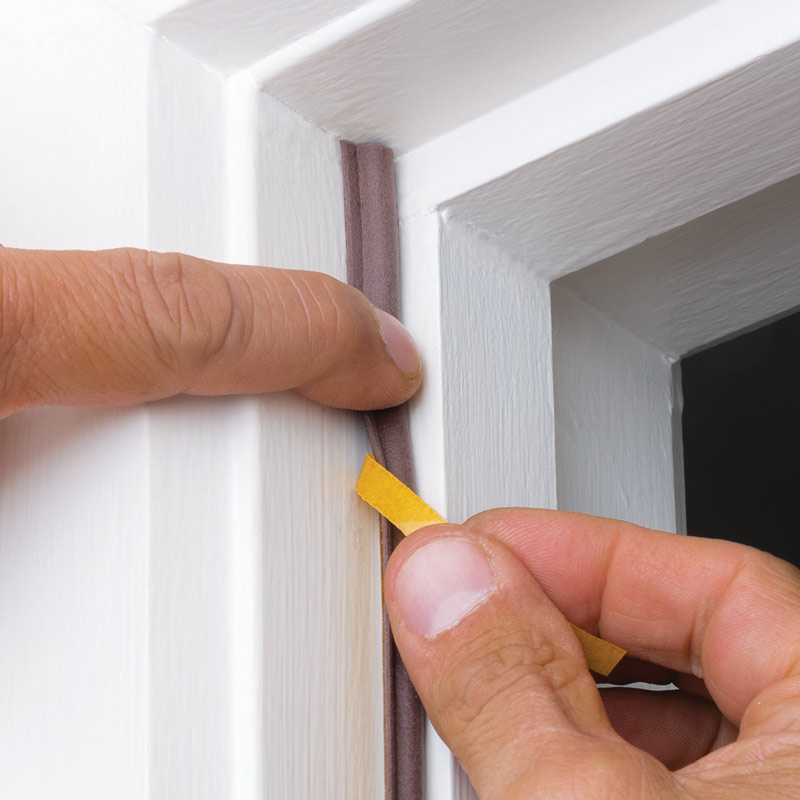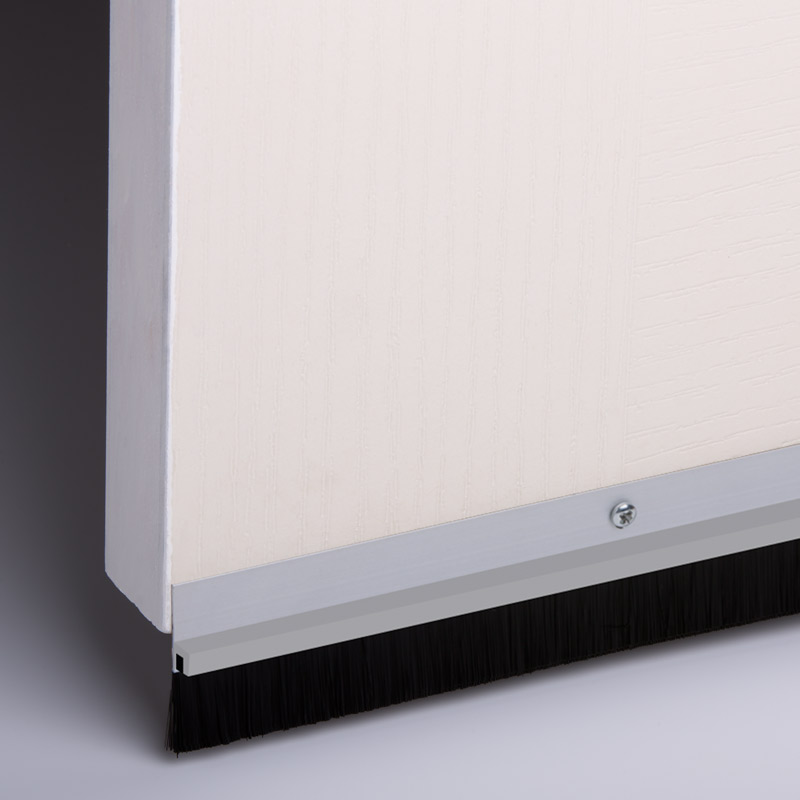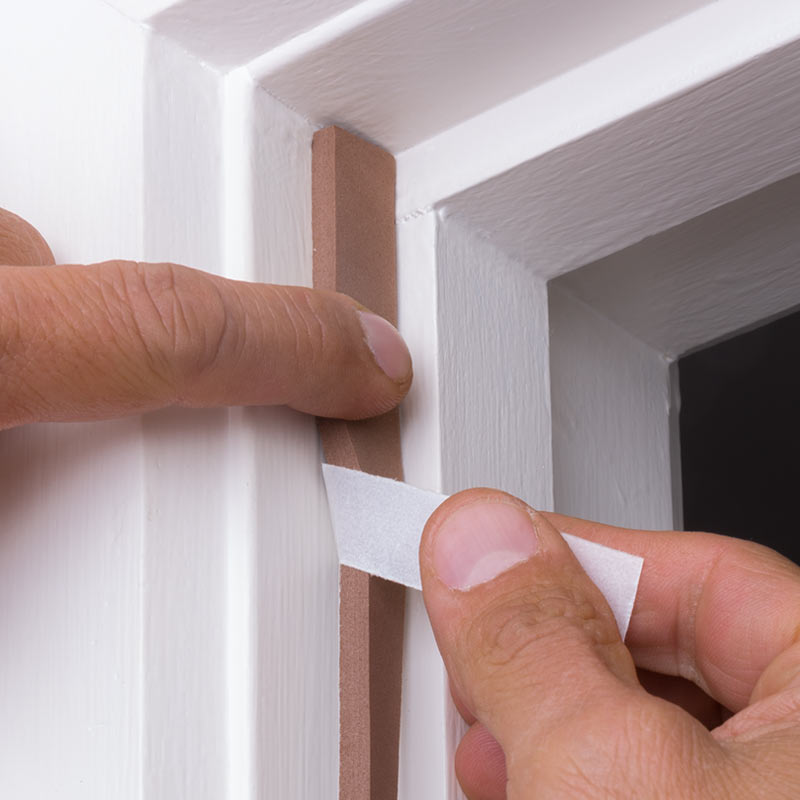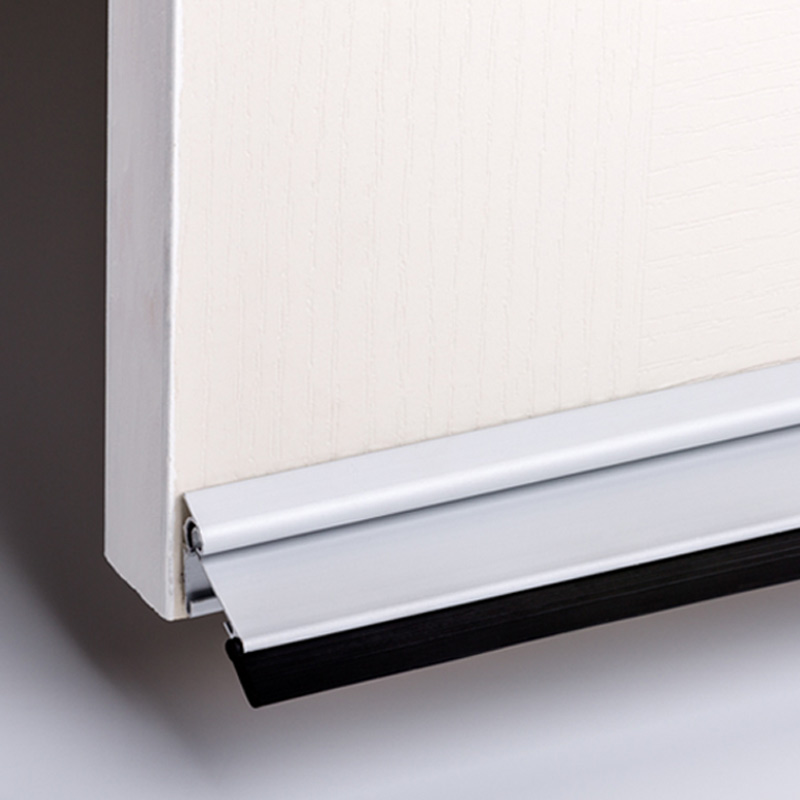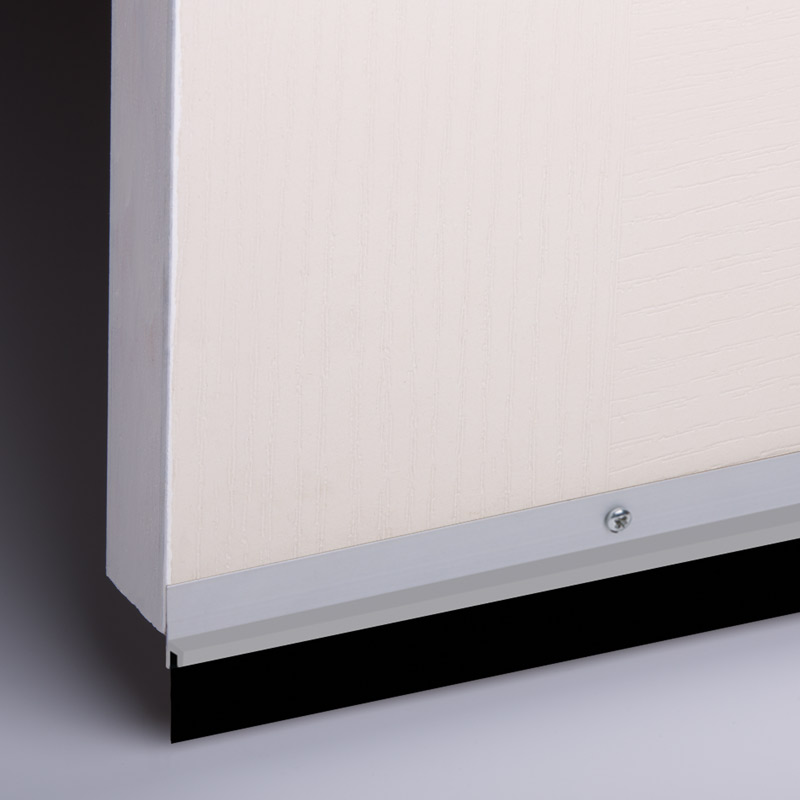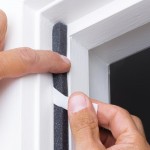 The energy used to heat and cool our Australian homes can account for 38% of our total energy usage – more than for heating water and fridges and freezers combined. Being the largest household cost, insulating around doors and windows is critical to ensure we don’t spend any more than we have to.
The energy used to heat and cool our Australian homes can account for 38% of our total energy usage – more than for heating water and fridges and freezers combined. Being the largest household cost, insulating around doors and windows is critical to ensure we don’t spend any more than we have to.
Gaps can develop around doors and windows over the years as our houses settle and more a little. Through those gaps, we lose warm air we’ve spent heating to keep comfortable in winter, and likewise cool air we’ve air-conditioned in summer. Similarly, cracks let in cold air in winter and hot air in summer, depending on the side of the house with the way the wind is blowing. By filling and plugging those gaps, we stop those leaks, and make a more efficient use of our energy spend. Afterall, we don’t leave the front door open with the heater going, so why would we let cold air in around it?
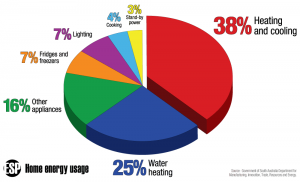 The range of door and window insulation products by ESP helps you to keep you home snug and plugged. Being so easy to install, there’s no reason why you can’t take advantage of them today!
The range of door and window insulation products by ESP helps you to keep you home snug and plugged. Being so easy to install, there’s no reason why you can’t take advantage of them today!
Here are some other energy-saving tips you can perform around your home once you’ve sealed around your doors and windows with ESP…
Draw the curtains and close the doors

Image courtesy ‘FrameAngel’ – FreeDigitalPhotos.net
After you have sealed the gaps around your windows, draw the curtains to further reduce heat loss and gain. In winter, your costly heating can transfer through your windows’ glass, and in summer heat can come through and make your air-conditioner work harder than it has to. By closing the curtains, you reduce this heat transfer.
It is easier and more efficient to heat and cool smaller areas of space than it is larger, especially if your heater or air-conditioner isn’t suited for big rooms. Close doors to unoccupied rooms, or close the door of the room you’re in to make sure you’re only spending money where it is needed. (IMPORTANT: If you are using fuel-burning heating appliance such as gas, be sure to allow proper ventilation to avoid carbon monoxide poisoning. Also consider a carbon monoxide alarm.)
Set the right temperature
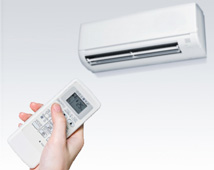
Image courtesy ‘franky242’ – FreeDigitalPhotos.net
And don’t forget that simple passive fans are much cheaper to run too. If you have ceiling fans, put them into reverse during winter if they have that feature, or see if you can turn the blades upside-down to achieve the same effect – this way they’ll circulate the warm air up at the ceiling and bring it down to your level.
Appliance maintenance
Dust build-up makes appliances work harder, and with heaters can be a real fire risk! In autumn, spend some time on preventative maintenance on your heating appliances, and in spring have the air-conditioners checked by qualified technicians. Clean vents and check filters too.
Lighting
Make the switch to new energy-saving LED lighting and use around 80% less electricity – a 40 watt incandescent lamp is the equivalent of a 4 watt LED replacement, plus they contain no mercury compared to compact fluorescent types. For homes with hot halogen downlights, the savings are even greater as LED replacement bulbs generate very little heat, so your air-conditioner doesn’t have to work so hard.
Hot water
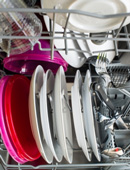
Image courtesy ‘feelart′ – FreeDigitalPhotos.net
Check the thermostat on your hot water system. An ideal setting is 60°C for storage systems, and 50°C for instant gas models. Invest in a cheap thermometer and check the temperature as it immediately comes out of the tap. Also, make sure you insulate the pipes coming out of your system – insulating the first 1 meter of pipe coming from the unit is essential.
If your dishwasher can heat its own water, it is more efficient to use this method rather than connect it to your hot water system. Similarly, use cold water to fill the kettle rather than running the hot water tap waiting for the hot water to arrive. Depending on how far away the hot water system is, you can be wasting multiple times the hot water left to cool in the pipes than that you filled the kettle with.
Washing

Image courtesy ‘africa’ – FreeDigitalPhotos.net
You can save 80% in the energy used to do your washing in cold water rather than using hot from an electric hot water system. Even better, drying your washing on the clothesline outside takes advantage of free sunlight – a 100% saving! If you do need to use a dryer, only dry what you require immediately, and hang-up the rest to dry naturally.
Stop the standby
Check the labels to see how much energy your appliances use in standby mode. Buying a simple energy meter from hobby shops can show you exactly how much that can be, especially if you set how much your electricity costs, and let the appliance sit unused in standby for a day or two. Instead of trusting appliances to go standby and not use as much electricity, turn them off at the switch so you make sure they don’t.
More energy-saving tips
Try a Google search for more energy-saving tips that you can take advantage of at home. Every little bit counts, and will make your investment in ESP door and window seals give you even better value for money!

